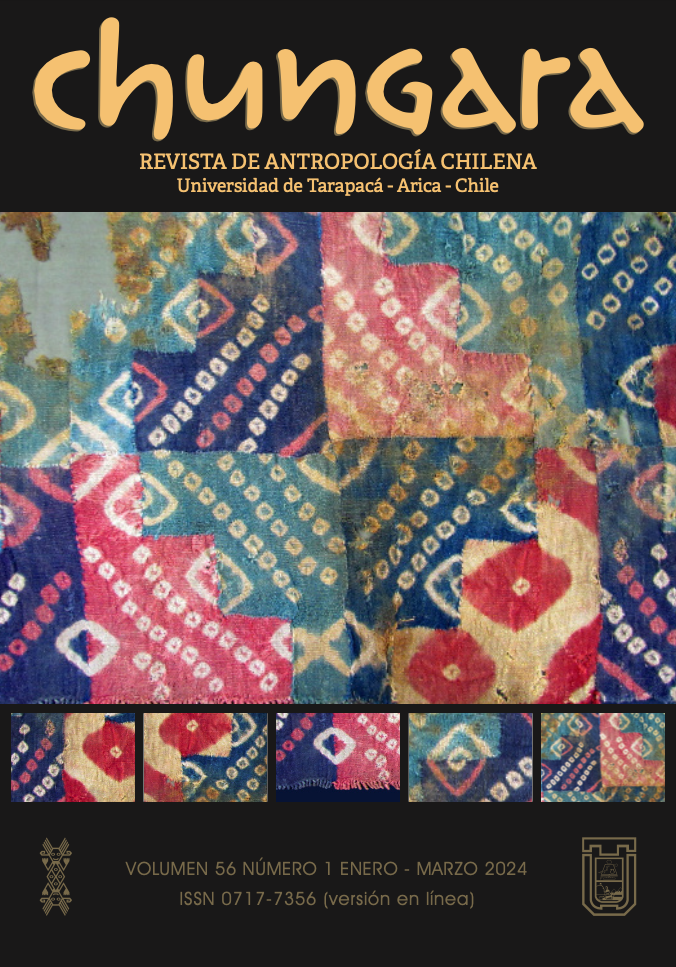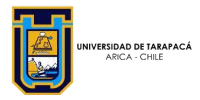Written by Super User. Posted in Papers - English
DILEMMAS OF HERITAGE PROFESSIONALS REGARDING SOCIAL USES OF THE QHAPAC ÑAN IN PERU
DILEMAS DE LOS PROFESIONALES DEL PATRIMONIO SOBRE LOS USOS SOCIALES DEL QHAPAC ÑAN EN PERÚ
Pablo García y Cristina Sánchez-Carretero
This article examines some of the challenges faced by heritage professionals when attempting to implement a social-use perspective to heritage management, focusing specifically on the case of participatory management of the Qhapac Ñan (a network of pre- Hispanic trails) in Peru. These challenges–reflected in the tension between what practitioners aspire to do and what can actually be done–are theorized using the concept of cognitive dissonance. This concept refers to the frustrations and inconsistencies experienced by heritage practitioners caught between their desire to emphasize the social dimension of heritage, and the obstacles imposed by factors such as institutional frameworks, the legal system, funding limitations, and other constraints. To analyze these dissonances, we first present the legal and regulatory instruments governing the management of the Qhapaq Ñan in Peru. We then review the various conservation policies surrounding Qhapac Ñan and its management through an intercultural lens, concluding with an analysis of the dissonances identified during workshops and interviews conducted in Cuzco and Lima.
Print
Email
Written by Super User. Posted in Papers - English
CAMELIDS AND COWS IN THE DOMESTIC ECONOMY OF THE PUNA (17TH AND 18TH CENTURIES): A PERSPECTIVE FROM BARRANCAS (JUJUY, ARGENTINA)
CAMÉLIDOS Y VACAS EN LA ECONOMÍA DOMÉSTICA DE LA PUNA (SIGLOS XVII Y XVIII): UNA PERSPECTIVA DESDE BARRANCAS (JUJUY, ARGENTINA)
Hugo D. Yacobaccio
The current Andean system of multi-species herding comprising camelids, goats and, at times, cows and donkeys, originated with the arrival of the Spanish in the Andean region. This event brought significant changes to the pre-Hispanic llama-based herding practices. This study examines this process of change in the pastoral ecosystem, based on an analysis of the archaeofaunal remains from the Laguna Media 3 site, dated to between ca. 390 and 270 BP. The findings suggest that the development of current pastoralism was gradual, and for just over two centuries, two forms of production coexisted: a domestic one focused on llamas, and another oriented toward supplying mining operations, emphasizing the raising of non-native species in the Puna.
Print
Email







